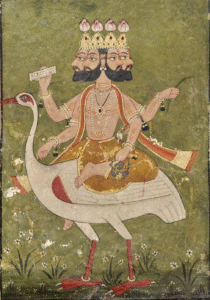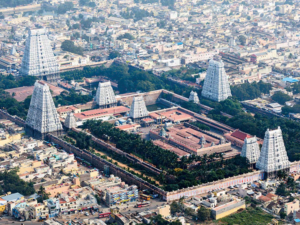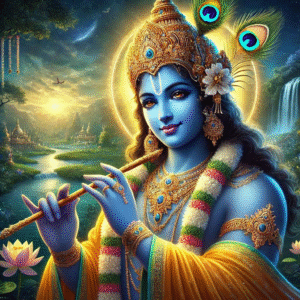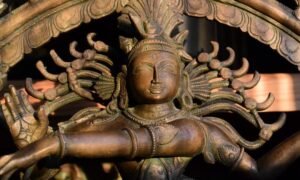
The Kumbh Mela is the largest religious gathering in the world, attracting millions of devotees, saints, and spiritual leaders. At the heart of this grand event are the Akhadas (or Akharas)—monastic sects of Hindu saints and warriors that have played a pivotal role in the spiritual and cultural heritage of India for centuries. These akhadas lead the grand Shahi Snan (royal bath) processions, making them one of the most significant aspects of the Kumbh Mela.
Types of Akhadas
Akhadas are broadly classified into Shaiva, Vaishnava, and Udasi traditions, each representing different sects of Hinduism:
1. Shaiva Akhadas (Followers of Lord Shiva)
- Juna Akhada (largest and most prominent)
- Niranjani Akhada
- Mahanirvani Akhada
- Atal Akhada
- Anand Akhada
- Awahan Akhada
- Agni Akhada
2. Vaishnava Akhadas (Followers of Lord Vishnu)
- Nirmohi Akhada
- Digambar Akhada
- Nirvani Akhada
3. Udasi and Sikh Akhadas (Followers of Guru Nanak and Sikh traditions)
- Nirmal Akhada
- Udasin Akhada
Role of Akhadas in Kumbh Mela
Akhadas are not just spiritual institutions but also symbols of discipline, religious fervor, and cultural tradition. Their role in the Kumbh Mela is multi-dimensional:
- Shahi Snan (Royal Bath): Akhadas are given the privilege of taking the first dip in the sacred rivers before the general public. This royal procession, marked by chants, music, and traditional weaponry displays, is a spectacular sight for pilgrims.
- Spiritual Discourses & Practices: Saints from various akhadas conduct religious sermons, philosophical debates, and meditation sessions to guide devotees on their spiritual journey.
- Martial Traditions: Many akhadas have a long-standing warrior tradition, where ascetics train in wrestling, sword fighting, and other forms of martial arts. These practices date back to times when akhadas were responsible for protecting Hinduism from external threats.
- Religious Leadership: Akhadas serve as custodians of Hindu traditions, preserving ancient wisdom, scriptures, and rituals.
The Historical and Spiritual Significance of Akhadas
Akhadas were originally formed to safeguard Hinduism against foreign invasions and to establish a disciplined order among monks. Over time, they evolved into centers of spiritual wisdom, ascetic practices, and physical training. The Kumbh Mela provides a platform for these sects to showcase their traditions and reinforce their spiritual teachings among millions of followers.
Akhadas are an integral part of the Kumbh Mela, not only leading the Shahi Snan but also shaping the spiritual landscape of the festival. Their traditions, rituals, and teachings continue to inspire devotees, reinforcing the deep-rooted cultural and religious fabric of India. As the guardians of Hindu asceticism and philosophy, akhadas remain a vital force in the spiritual journey of millions who participate in the sacred Kumbh Mela.





